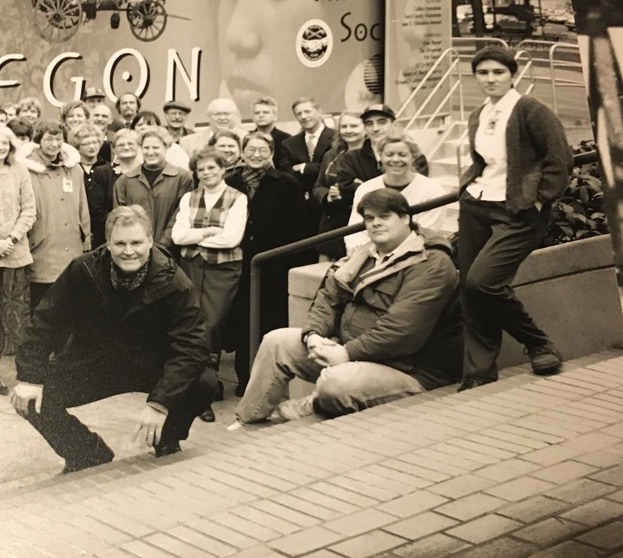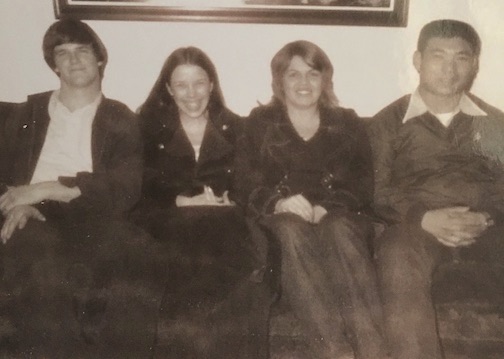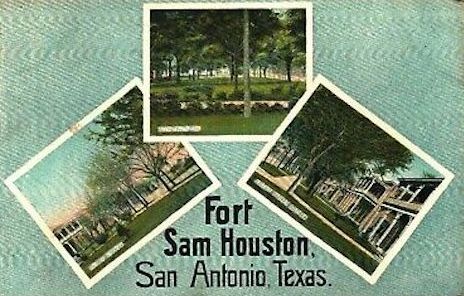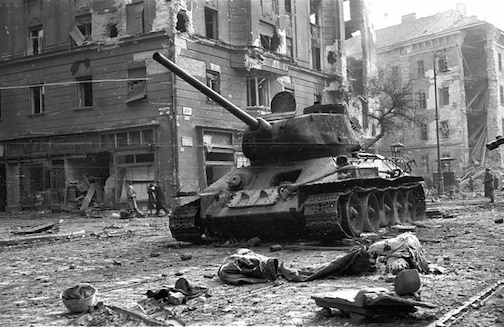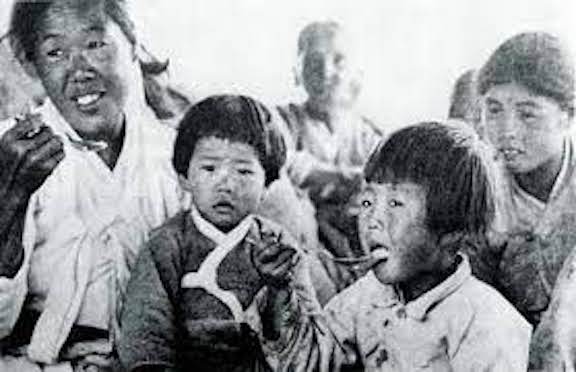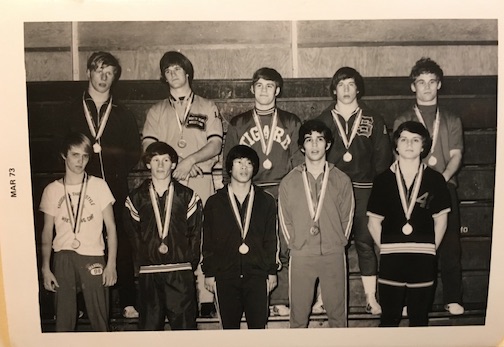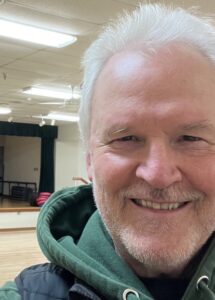A call for working together won’t make you a homer, a weakling, or manager.
For now, let’s say it’s a call to ‘police up’ your area, clean up your mess.
Do you know about policing up your area?
It’s not about giving yourself a police badge.
I wore a uniform the first time I policed up an area.
We were a group working together to make the world a better place.
That better place was San Antonio, Texas over Christmas in 1974.
Specifically, and this is where good writers launch their story arc, Fort Sam Houston in the predawn hours of South Texas in December.
“The far ridge lines grew darker in the back-light as a soft morning sky glowed before the sun made its slow entrance to the day.”
I was an Army E2 picking up trash with my medic school cohort, all the guys who stayed on base over Christmas.
What was the first wave of all-volunteer Army life like? We didn’t work on weekends, so far, and got a Christmas break.
Was I being all I could be, picking up candy wrappers, beer cans, and cigarette butts?
If this was what the Army had in mind, I’d have to get busy.
The Right Kind Of Busy
Every year of high school my family hosted a Cultural Exchange Wrestler from Japan.
Their schedule was part following the program and part free time.
In 1973 North Bend, free time meant introducing our guy to our girls and going out to the sand dunes with the team.
The guy on the left is me.
The guy on the right is their best wrestler, who happened to be the same weight as our best wrestler.
The pride of Japan lost that night to the pride of the Bulldogs. Most people who wrestled our guy lost.
There is some consolation to my Japanese visitor when our guy enrolled at the University of Oklahoma the next year and took second in the Big 8 on a national championship team.
(Hey, Mark.)
From Yukio Sakanaka to Norio Yamaguchi, the idea of ‘cultural exchange’ left a lasting impression:
There was a world outside the city limits of my town, more than the Oregon hubs of Coos Bay, Eugene, and Portland.
And I was going to see it.
Fort Sam Or San Antonio?
I walked those Texas hills with my new best friends, a big Hungarian guy named Gedi, and a smaller Korean guy named Pak.
We were all working together to show the Army our commitment and allegiance before free time to do anything we wanted until role call formation the next morning.
Some of the guys played grab-ass on base, ate in the mess hall, drank at the PX, and got up the next morning.
I’m not saying that’s a bad idea, but I had guilt feelings about dropping out of college to be there.
And no, I didn’t flunk out.
But I did play grab-ass on campus, eat at the dorm cafeteria, and go to keggers with a one dollar, drink all you want, cover charge for house parties.
Your boy needed some of that discipline.
I spent the mornings reading in the base library, worked out early afternoon, then went downtown with Gedi and Pak to look around.
They did the same thing, read in the mornings before a work out.
Gedi was a 4th Dan judo black belt, Pak was a Taekwondo black belt.
They worked out like martial arts maniacs.
I was an Oregon high school district wrestling champ of all Eugene and Coos Bay. I explained how that made us all equals.
There was no alley dark enough to fear walking around with those guys.
San Antonio had a World’s Fair?
What’s a river walk?
Their Story
We were working together on cultural exchange, but they probably didn’t know it.
Whether picking trash, or going up in San Antonio’s version of the Space Needle, we all told our story.
Gedi was the old man, 26. He’d been a boy when the Russians invaded.
On November 4, 1956, Soviet tanks rolled into Budapest to crush, once and for all, the national uprising. Vicious street fighting broke out, but the Soviets’ great power ensured victory.
At 5:20 a.m., Hungarian Prime Minister Imre Nagy announced the invasion to the nation in a grim, 35-second broadcast, declaring: “Our troops are fighting. The Government is in place.”
Within hours, though, Nagy sought asylum at the Yugoslav Embassy in Budapest. He was captured shortly thereafter and executed two years later.
His story of coming to America was escaping over the Iron Curtain to Austria, to West Germany, then here.
He was a New York City guy of the best kind, which meant he wanted to leave.
Working Together For Good
Pak was a good listener.
He didn’t say much about himself, though.
“You’ve seen those pictures of starving refugees? I was one of those in my country.”
When interviewed, North Korean defectors had many ideas on how we can help.
Most believe a “carrot and stick” method is the best way to help North Korean citizens.
The international community needs to start paying attention to North Korean human rights. Food aid to the country should be conditional on improved human rights and if that is not enacted, then heavy sanctions should take place.
To do this, public awareness needs to be raised. People need to focus on human rights violations rather than nuclear weapons.
My Story
One soldier’s story felt like an international adventure thriller, one sounded like a world of hurt.
They wanted to hear my story, so I told them.
We were in a sharing time.
“The Marshfield Pirates were like the Soviet Union. Every time we had a good football or basketball season the Pirates showed up to stomp the hope out of it. All the good athletes had to find other sports to win.
“That was two years ago.
“And talking about hunger? You’ve never been hungrier than when you’re cutting weight to wrestle in college while paying for food in the dorm cafeteria you can’t eat. Some people turned into bulimics.
That was last year.”
The one thing we all agreed on was the power of sports.
We were all motivated by working together and getting better.
We were an army of one. As the lone American, they looked to my leadership.
One night coming back on base:
“If we stash sacks of trash at the policing up area we’d have more than anyone else.”
“Is that how you get ahead in America? The one with the most trash wins?”
Was it? Is it still?
Comments?
Our self storage research indicates that women comprise up to 84% of self storage patrons. Although women seem to lease the units, it appears that over 95% of the actual move-ins are performed by men.
